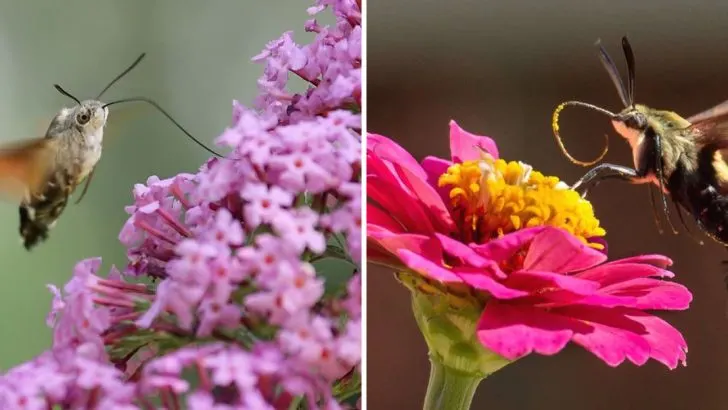Hummingbird moths are fascinating creatures that often go unnoticed despite their incredible abilities. With their striking resemblance to hummingbirds, these moths possess unique traits and behaviors that make them stand out in the insect world.
From their remarkable flying skills to their role in pollination, hummingbird moths are full of surprises. In this article, we’ll uncover 12 surprising facts about hummingbird moths and explore their fascinating behavior. Whether you’re a nature enthusiast or just curious about these elusive insects, you’ll be amazed by what you learn.
Appearance Resemblance
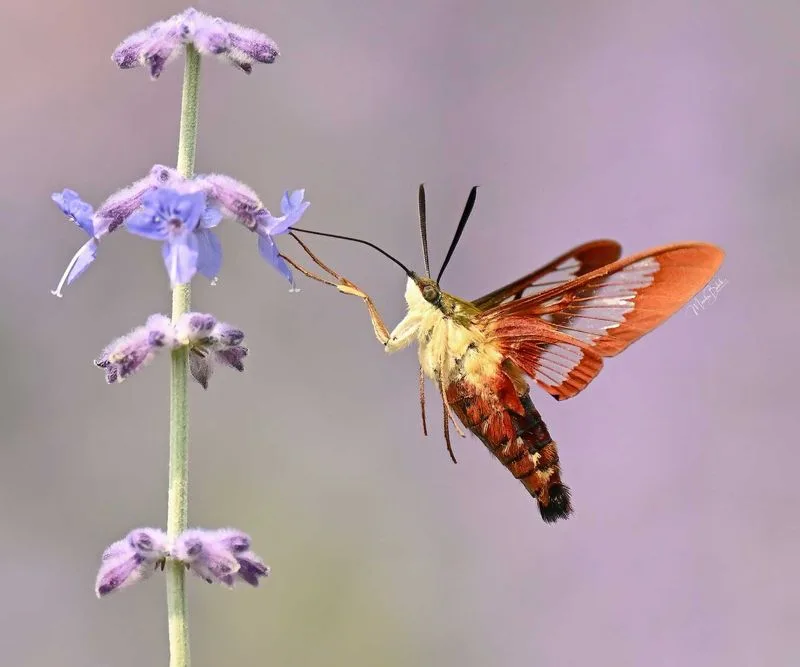
With their rapid wingbeats and hovering flight, these moths are easily mistaken for actual hummingbirds. Their long proboscis mimics a bird’s beak as they feed on nectar. This uncanny resemblance is not just a visual trick; it serves as a form of protection against predators. By mimicking the appearance of a bird, they reduce their chances of becoming prey. Although they look alike, their biology is completely different, with moths belonging to the insect family. This protective mimicry highlights the evolutionary marvel of nature, showcasing how species adapt to survive.
Diverse Species
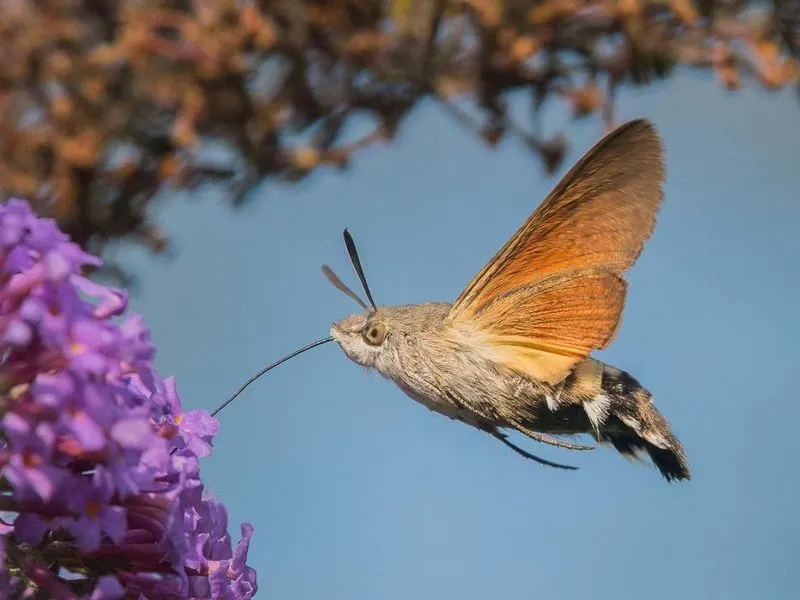
Hummingbird moths are not just a single species; they encompass several within the family Sphingidae. Each species has distinct colors and patterns, ranging from the clearwing with its transparent wings to the white-lined sphinx with bold stripes. Despite their differences, all share the hummingbird-like flight and feeding behaviors. This diversity signifies the adaptability of these moths to various environments. As they flit from flower to flower, their role as pollinators becomes evident, contributing to the biodiversity of their habitats. Such variety adds to their allure and ecological importance.
Daytime Activity
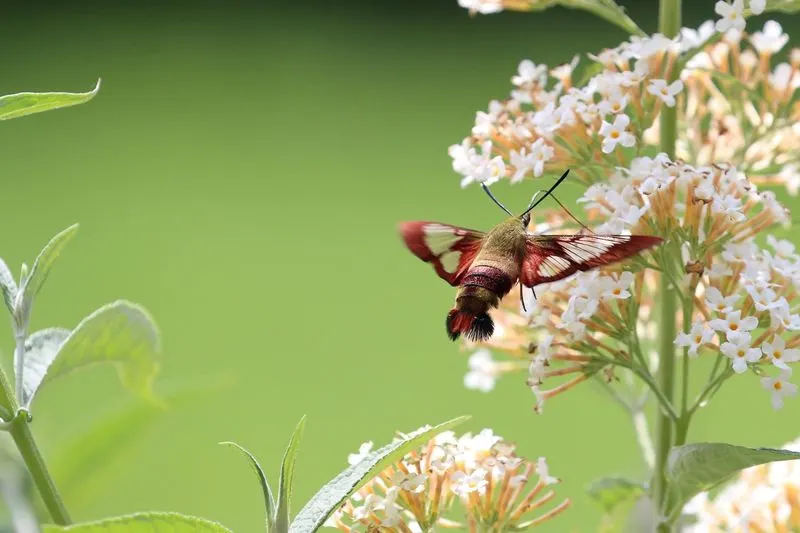
Unlike most moths, which are nocturnal, the hummingbird moth breaks the mold by being diurnal. This means they are active during the daytime, especially around dawn and dusk. Their preference for daylight hours allows them to access a different range of flowers, setting them apart from their nighttime relatives. This behavior aligns them more closely with hummingbirds than with other moth species. By occupying this niche, they avoid competition with nocturnal pollinators, ensuring their survival. Their daytime activity makes them more visible to humans, adding to their charm.
Rapid Wing Movement
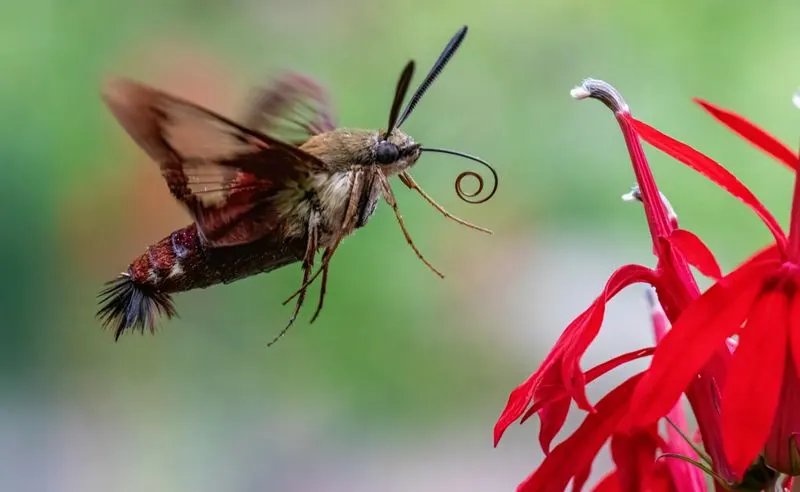
With wings beating at an impressive speed, hummingbird moths exhibit a flight pattern akin to that of hummingbirds. Their wings can beat up to 70 times per second, allowing them to hover effortlessly. This rapid movement not only aids in feeding but also in quick escapes from predators. The energy required for such activity is immense, necessitating frequent feeding on nectar. High-speed wingbeats are a hallmark of their existence, showcasing an incredible adaptation for survival. Observers are often left in awe of their agility and speed as they flit around gardens.
Prolific Pollinators
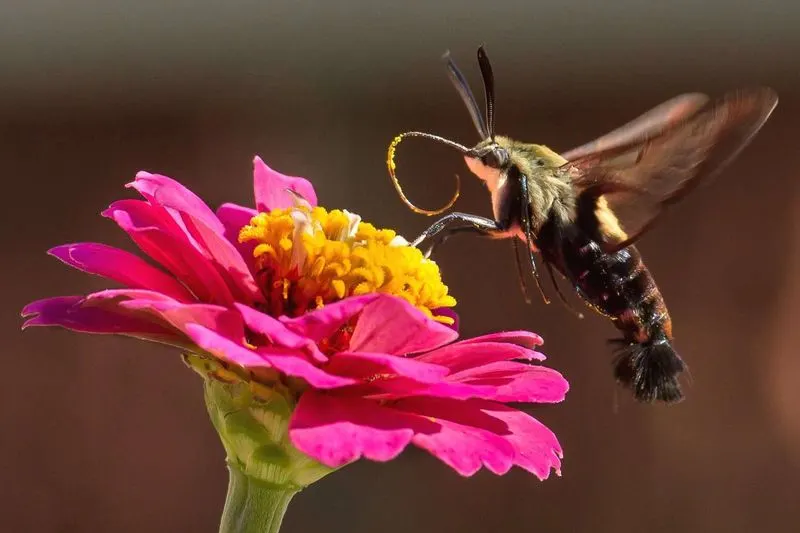
Hummingbird moths play a vital role in pollination, similar to their avian namesakes. As they feed, they inadvertently transfer pollen between flowers, facilitating plant reproduction. This makes them important ecological players, especially in gardens and wild habitats. Their long proboscis enables them to reach deep into flowers, accessing nectar that other insects cannot. This specialization allows a symbiotic relationship with certain plants, ensuring mutual survival. By contributing to plant diversity, they support entire ecosystems. Gardeners often welcome them as beneficial guests, appreciating their role in maintaining healthy gardens.
Unique Sound
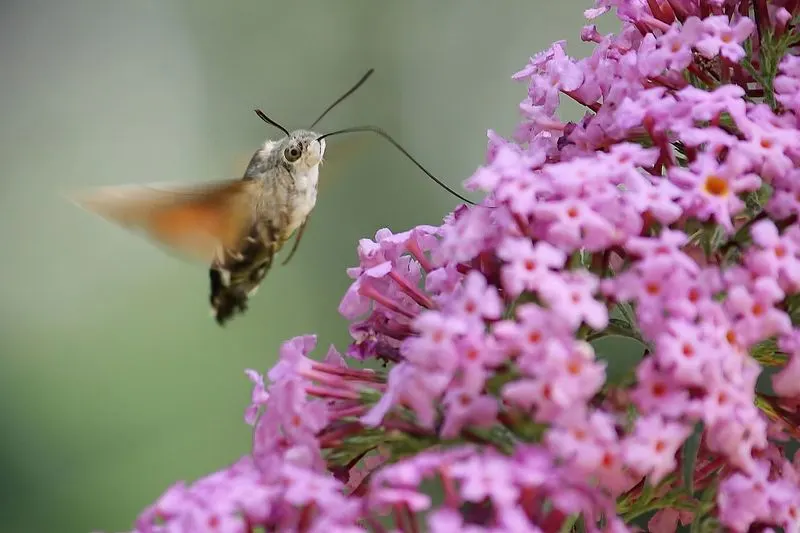
One of the most delightful aspects of encountering a hummingbird moth is the soft humming sound they produce. This sound is created by the rapid movement of their wings and is reminiscent of a hummingbird’s wingbeats. The gentle hum is often the first indication of their presence, alerting observers to their nearby activity. This auditory experience adds another layer to their allure, enchanting those who hear it. The sound is not just a byproduct of flight; it has evolved over time as a signature of their existence. It enriches gardens with its musical quality.
Broad Habitat Range
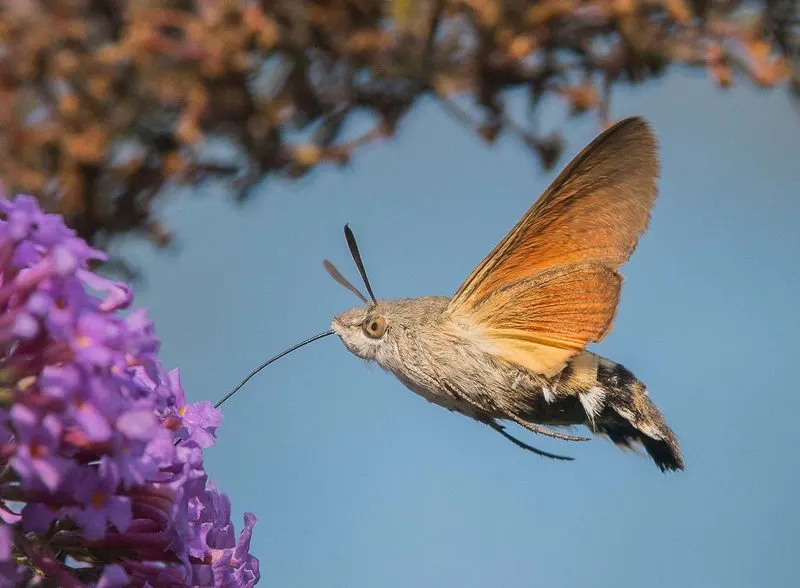
Hummingbird moths boast a broad geographical range, found across continents from North America to Europe and Asia. Their adaptability allows them to thrive in various habitats, including gardens, forests, and meadows. This wide distribution is a testament to their resilience and evolutionary success. They are particularly fond of temperate regions where flowering plants abound. Such adaptability ensures their presence in diverse ecosystems, where they contribute to pollination and biodiversity. Their widespread occurrence makes them accessible to nature enthusiasts worldwide, allowing more people to witness their remarkable behaviors.
Life Cycle Stages
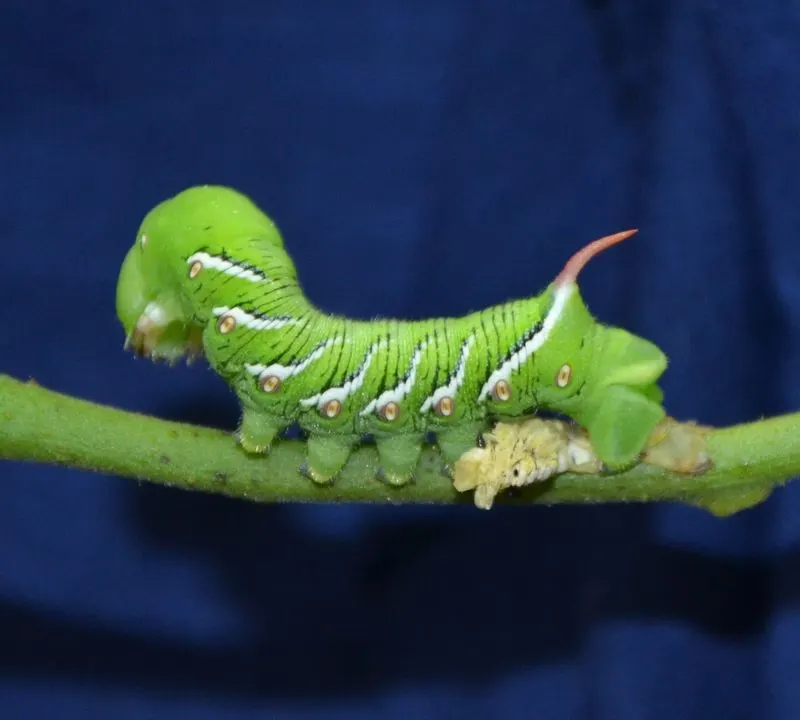
The life cycle of a hummingbird moth is a fascinating journey through metamorphosis. It starts as an egg, hatching into a caterpillar that voraciously feeds on plant leaves. This stage lasts for several weeks before the caterpillar enters the pupal phase, forming a cocoon. Inside, it undergoes a miraculous transformation, emerging as a fully developed moth. Each stage is crucial for survival, with specific adaptations for feeding and growth. Understanding their life cycle provides insight into their complex biology. This metamorphosis is a reminder of nature’s incredible processes, revealing life’s intricate beauty.
Seasonal Patterns
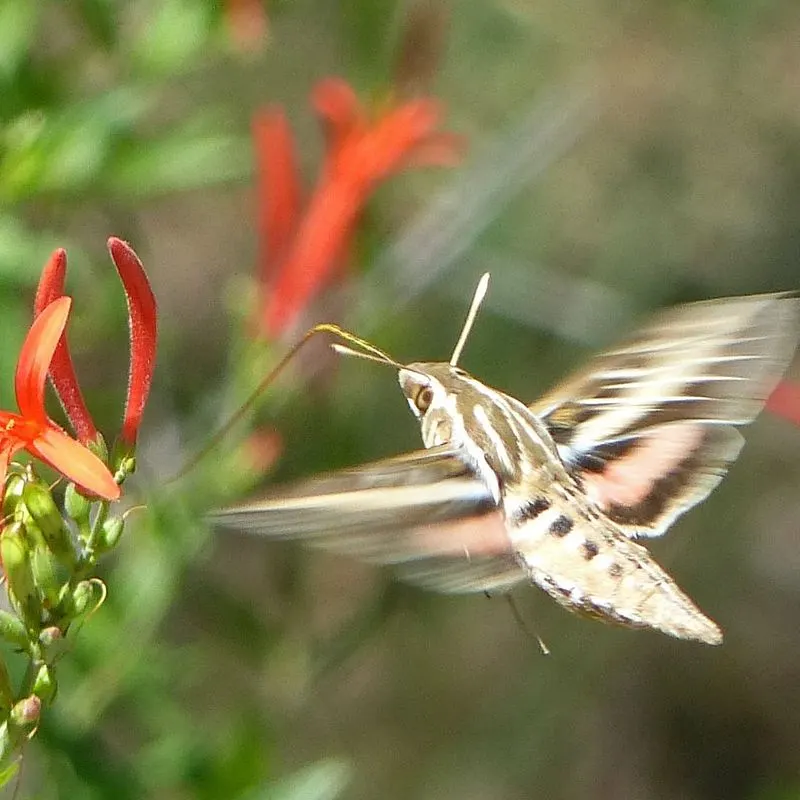
Hummingbird moths follow distinct seasonal patterns, with peak activity during spring and summer. These warmer months provide abundant floral resources, supporting their energetic lifestyle. As the days grow longer, they become more visible, taking advantage of the daylight to feed and pollinate. The cycle of seasons dictates their behavior, with reproduction and feeding occurring in harmony with plant blooming. Observing their seasonal activities offers insights into their ecological role. Gardeners often notice increased activity during these times, as these moths become busy pollinators in lush settings.
Larval Host Plants
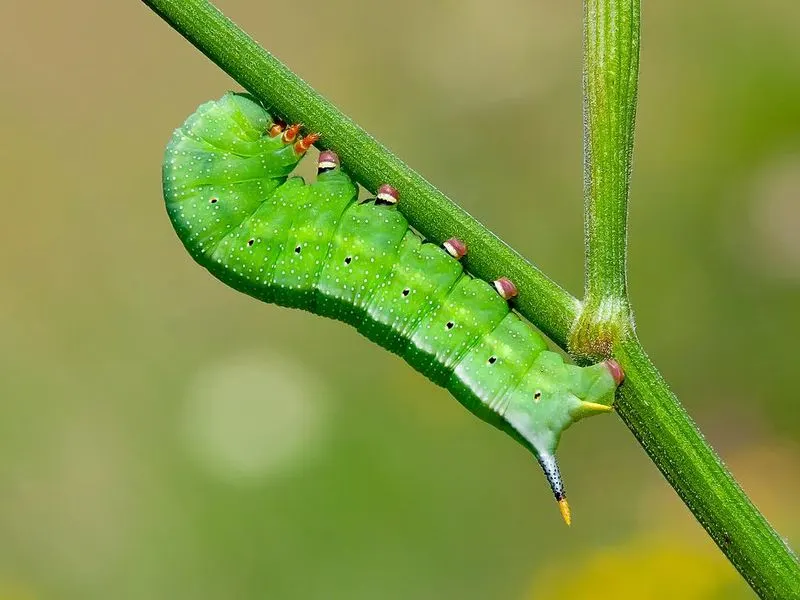
The survival of hummingbird moths begins with their caterpillars, which rely on specific host plants. Honeysuckle and hawthorn are among their favorites, providing nourishment for the growing larvae. These plants are essential for the caterpillar’s development, offering the nutrients needed for transformation into moths. By understanding the host plant preferences, gardeners can support these moths by cultivating suitable flora. This symbiotic relationship highlights the interconnectedness of species within an ecosystem. Providing these plants aids in sustaining their populations, encouraging biodiversity. Such knowledge empowers conservation efforts aimed at preserving these enchanting moths.
Natural Predation
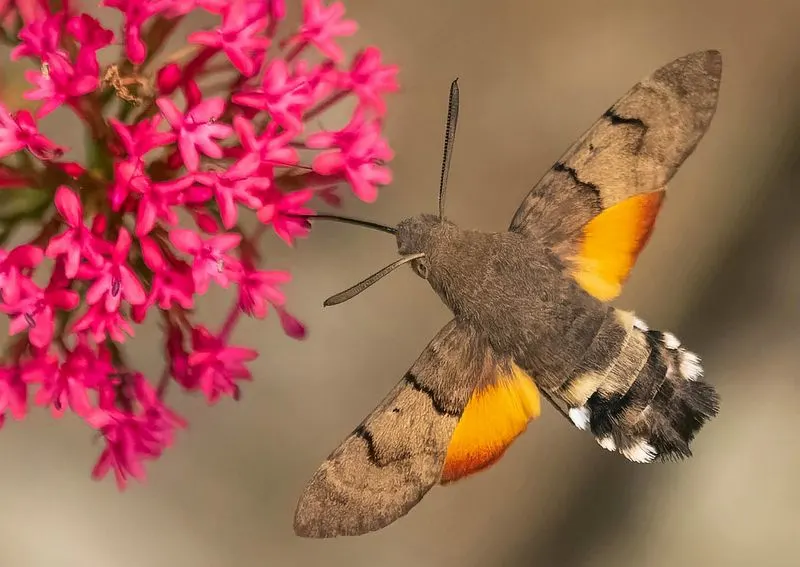
Despite their mimicry, hummingbird moths face threats from natural predators, including birds and larger insects. Their swift flight and ability to hover provide some defense, allowing quick escapes from danger. These moths have evolved to use their appearance as deterrents, but when that fails, speed is their ally. Observing predator-prey interactions reveals the delicate balance within ecosystems. While predation is a natural part of their life cycle, it also drives evolutionary adaptations. Understanding these dynamics can spark interest in ecological studies and conservation efforts, encouraging a deeper appreciation for these agile insects.
Cultural Symbolism
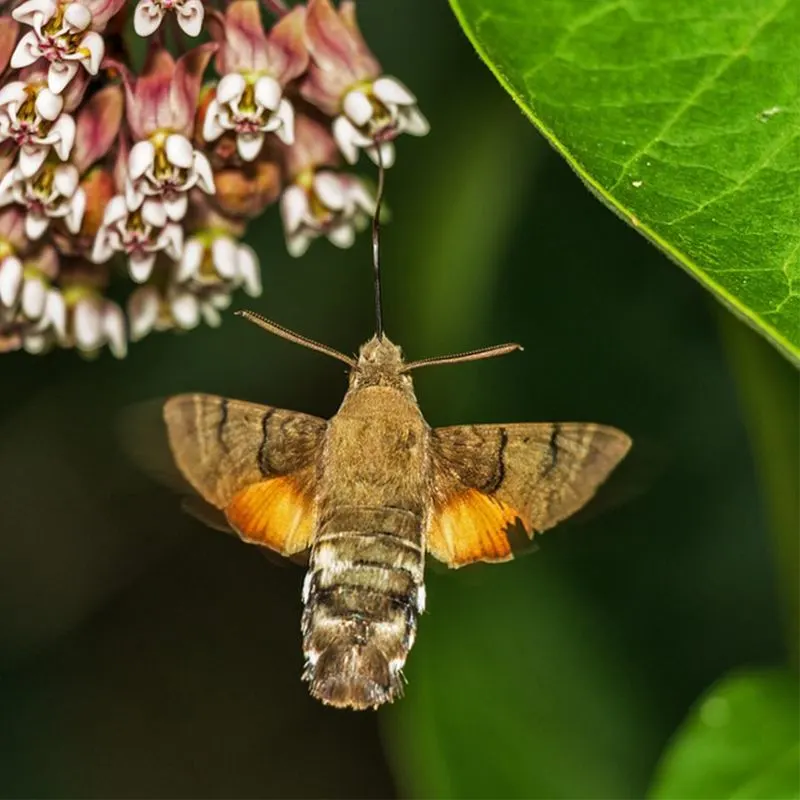
Throughout history, hummingbird moths have appeared in various cultural narratives, often symbolizing transformation and adaptability. Their presence in folklore and art reflects human fascination with these creatures. In some cultures, they are seen as omens of change or messengers from the spirit world. Such symbolism enriches our understanding of their impact beyond the natural world. By exploring these cultural connections, we gain insight into human perspectives on nature. This adds layers of meaning to their existence, reminding us of the interconnectedness of life and art. Their symbolism continues to inspire artists and storytellers.

